Wondering whether a slurry primer – otherwise known as a bonding mortar – is really necessary when laying pavers, slabs and setts? Find out why today bonding mortar is British Standard best practice, plus five essential application tips for prolonging the lifespan of your paving project.
We also cover in detail when bonding mortar is essential and whether you can instead add SBR to your mortar mix to act as a bonding agent.
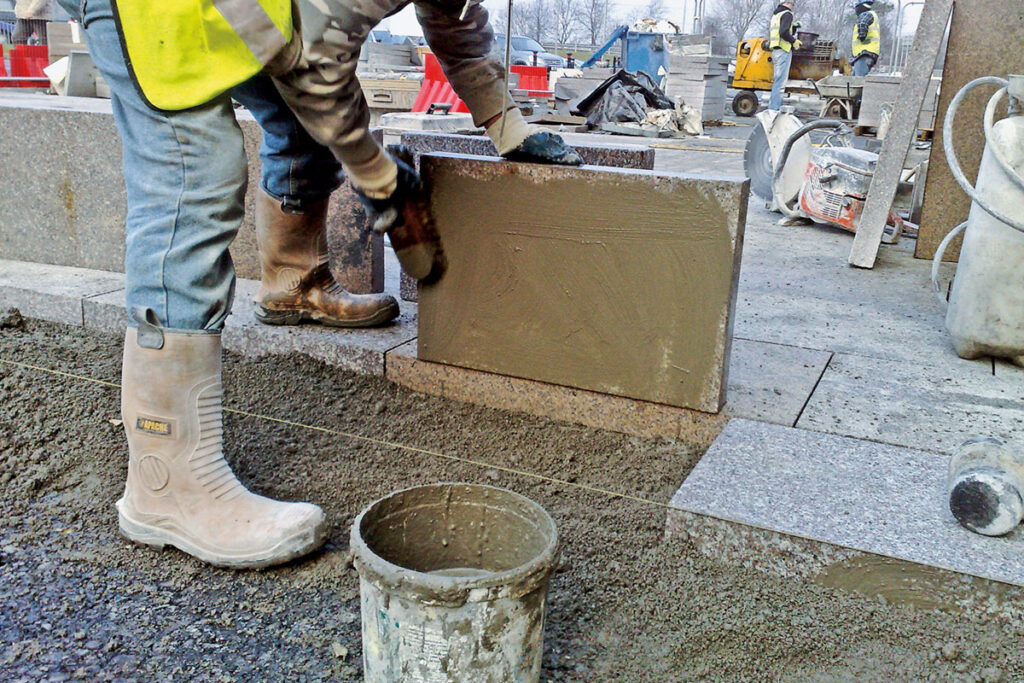
What is bonding mortar?
A bonding mortar is an extra-strong adhesive painted on the underside of paving slabs to bond them to the bedding layer below.
You might refer to this type of mortar as a bonding agent or slurry primer, or maybe a slurry coat, priming layer or bond bridge. Despite the difference in language, it’s all the same thing.
Whatever type of paving material you’re using, applying bonding mortar reduces the risk of movement. This can help to avoid cracks and breaks in the mortar joints.
Using bonding mortar also helps to avoid efflorescence.
In a nutshell, a high-quality bonding mortar will seriously extend the life of your hard landscaping project.
Be sure to read our important tips below on applying bonding mortar to help you get the most out of the product.
Why a primer is necessary today
If you’ve been in the trade for a while, you may wonder why a bonding mortar or primer is heralded as industry best practice today.
Well, bonding mortars aren’t anything new. In actual fact, landscapers have been using them for many years.
But there are reasons why these extra-strong adhesives are more important today than ever before.
One of the main reasons is that today’s sandstone pavers are lightweight in comparison to the paving slabs used in years gone by.
Whereas sandstone slabs used to be between 30mm and 50mm thick, the slabs that are used today can be as little as 18mm in thickness.
With thinner paving materials, the slabs don’t bond to the bedding mortar in the same way. Without the extra weight, they can easily move laterally.
Now, if you consider the range of new materials used today, such as porcelain paving, porcelain cladding and porcelain tiles, it’s no wonder a bonding mortar is required. When new materials are introduced they also require new knowledge and installation techniques.
Note: bonding mortar is always essential for porcelain and other non-porous pavers. Read on for more info.
Part of British standards
Today, a bonding mortar is in the British Standard BS7533:101.
These standards have been introduced to establish the best practices for landscaping. Following the British standards offers peace of mind to both contractors and clients.
And the good news is that bonding mortars are not expensive to buy at all. They also go a really long way as they tend to be applied at around 2mm thickness.
When should I use a bonding mortar?
Essential for non-porous pavers
When using impermeable or non-porous pavers such as porcelain, slate or granite, you’ll certainly need to use a bonding mortar to secure the paving material in place.
As non-porous stones, these types of pavers will fail to bond at all with the bedding layer without the help of a bonding agent.
Porcelain is vitrified paving and completely impermeable. This popular type of paving lacks the microscopic capillaries found in permeable materials like concrete and sandstone.
As such, porcelain will certainly not bond with the bedding layer on its own, making a primer absolutely essential.
Some primers are formulated specially for porcelain pavers, like ProJoint from the team at Nexus.
Other primers, such as UltraScape’s Pro-Prime and Larsen Priming Slurry, can be used for a range of paving materials including porcelain.
Best practice for ALL types of paving
Now we’ve covered the essential non-porous paving materials that require primer, why do porous pavers made of sandstone and concrete require a bonding agent?
There are two main reasons.
Reduce the risk of mortar cracks and breaks
The first reason: by using a bonding agent you’ll reduce the risk of cracks and breaks in the paving mortar.
When a grout cracks and fails, it’s commonly blamed on the grout itself. But the most common reason for mortar to break is due to the pavers moving and not having a strong enough bond with the bedding layer below.
We’ll take the example of a Belgian block paver laid directly onto bedding mortar (with no bonding agent) and jointed to finish.
Over time, those pavers may start to move as they ‘de-bond’ from the bedding layer below.
And if the pavers are on a driveway that receives regular vehicle traffic, those cracks will occur sooner rather than later because of the extra weight and pressure.
But if you lay the same pavers and prime them before laying them on the mortar bed, those pavers won’t suffer from the same type of movement. They are fully bonded to the bed below.
Avoid efflorescence
The second reason a bonding mortar is highly recommended is to avoid efflorescence.
The two major causes of secondary efflorescence are failing to prime pavers before laying them and not laying pavers on a full-contact bed.
“You must create a full contact bed for your paving to avoid efflorescence,” Gareth Wilson, landscaping trainer and expert witness, advised in a previous article for The Paving Experts.
“Any voids below the slabs will collect moisture. When the weather heats up, the moisture along with the lime and salts are drawn up through the slabs.”
A bonding mortar provides an impermeable protective layer and an exceptional bond between the bed and the pavers above it.
Regardless of which type of pavers you’re using, it’s best practice to use a primer each time – which is why this is reflected in the British Standards.
5 essential tips for applying bonding mortar
Following a recent webinar with the team at UltraScape, they shared a few essential tips when it comes to applying bonding mortar:
- Always apply bonding mortar to the very edges of the slab
- Apply bonding mortar at 2mm thickness using a trowel or squeegee
- Never use a roller as the mortar will be applied too thinly (and the slab will de-bond)
- When laying the slabs, they should not be wet and must be free from dust
- Non-porous slabs must always be bone dry before applying primer and laying
A Grabo or other electric suction lifter will make it easy for you to apply the bonding mortar to the very edges of the pavers without getting your fingers covered in the formula.
Suction lifters are also very handy for laying slabs with precision on a full-contact bed.
Can SBR be used as a bonding mortar?
Some landscapers use SBR as a bonding mortar, adding it to a mortar mix and applying it as a primer. However, some experienced landscapers have seen SBR fail many times when used as a bonding agent. Choosing a cement-based primer instead, one that is designed for the job, is the better option.
SBR – known in full as styrene butadiene rubber – is not designed to bond paving and can actually cause pavers to ‘de-bond’ from the mortar bed.
The main reason de-bonding happens is due to the rubber content of SBRs. A formula containing SBR is susceptible to cold weather. If the rubber gets brittle in the cold, the mortar can very easily fail and cause the slabs to de-bond.
Another reason why an SBR-based formula can fail is due to the product’s waterproof nature. This very water resistance can also increase the risk of de-bonding.
Get in touch if you have any questions
We’re only a phone call away if you want to talk through bonding mortars and which may be the best primer for your job, depending on the paving materials and other products you’re using. Contact us on 0330 122 1025.
All of the products mentioned can be found on our website. Delivery is available throughout mainland UK.
At The Paving Experts we pride ourselves on our fast and friendly service. We offer huge discounts when you buy in bulk. Get in touch for a bespoke quote.

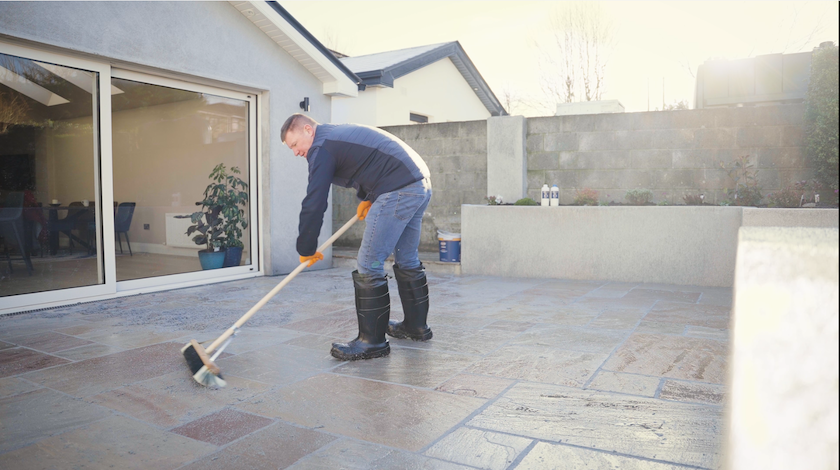
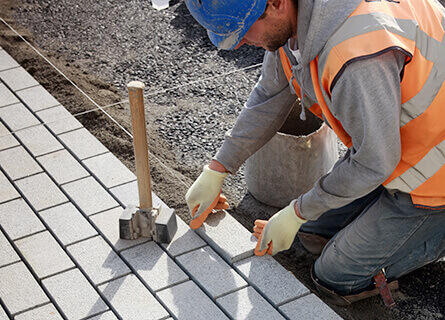
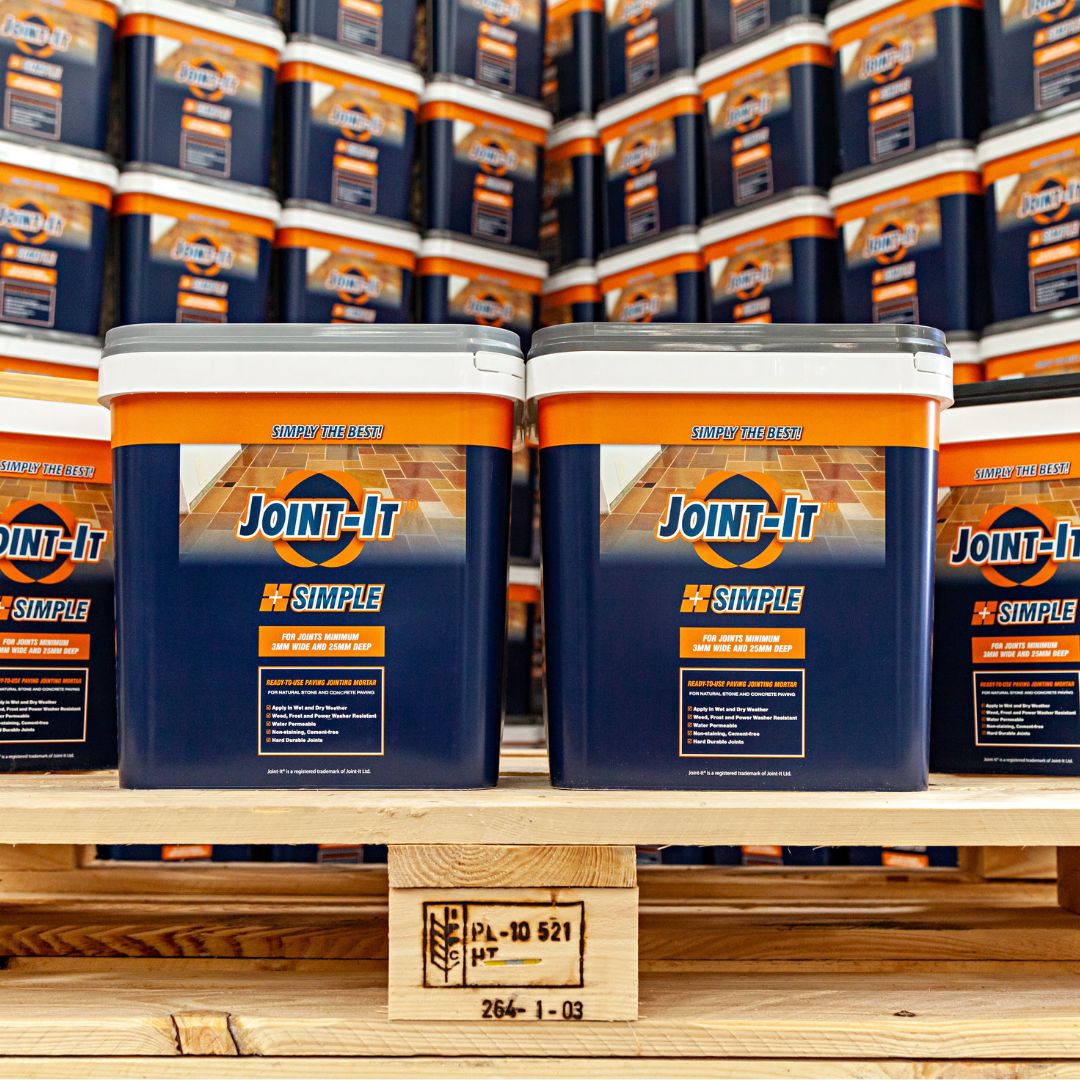
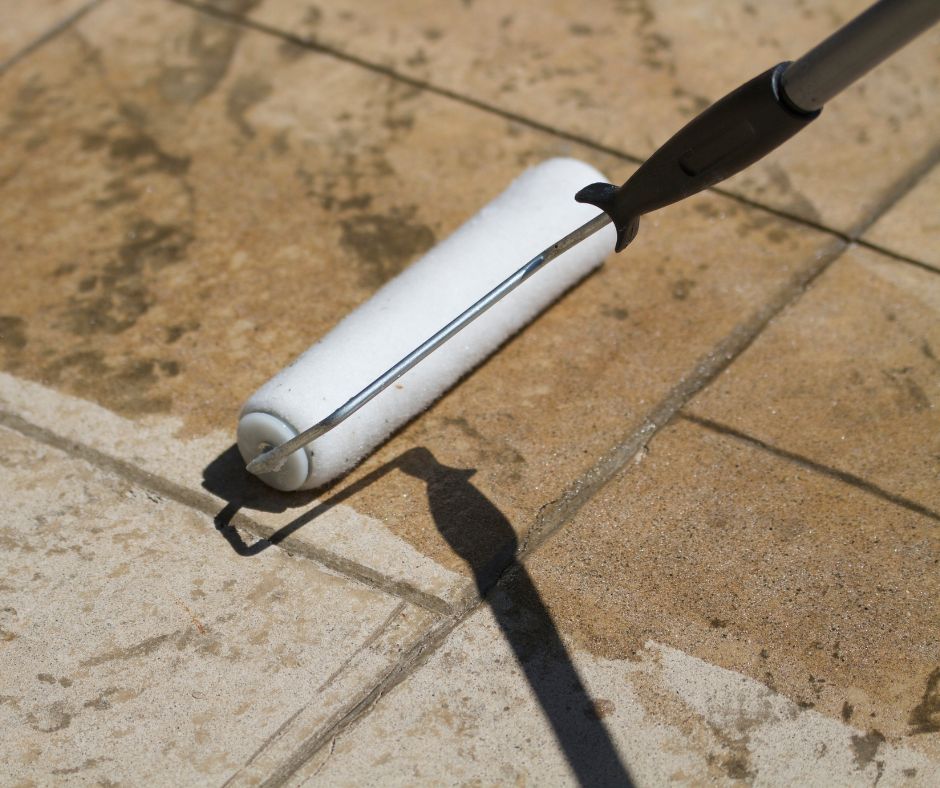
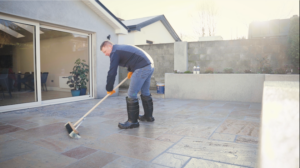
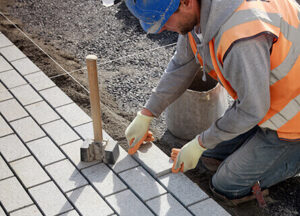
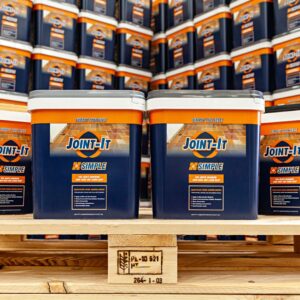

1 thought on “Do I Need To Use Bonding Mortar?”
Hi there.
Can I mix contract sbr with just cement into a bucket to form a bonding slurry then paint the back of flag? Some say just use it neat and apply to the back of the flag? Ive used bostik Cementone sbr and that says mix with just cement to form the slurry, was wondering if contract sbr was the same?
Thanks